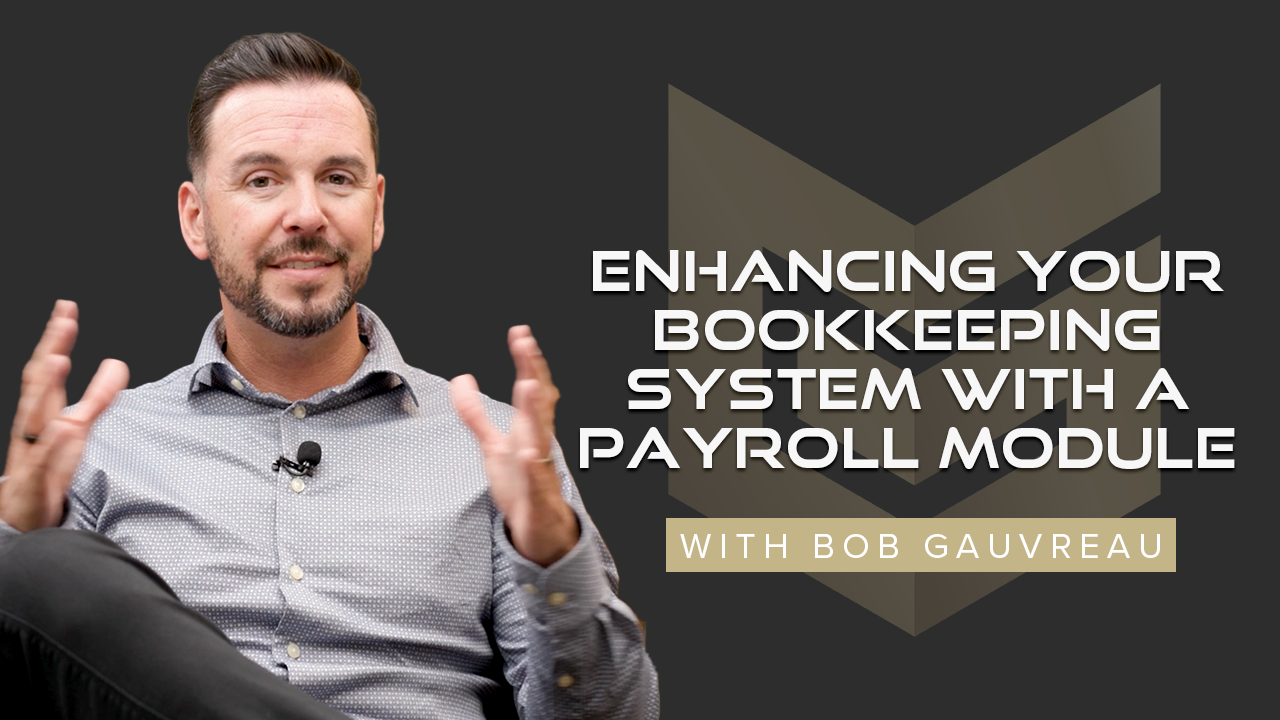The Importance of Business Valuations for Employee Stock Option Plans
When considering employee stock option plans, business valuations play a crucial role. Whether you are bringing on new employees or...
1 min read
 Gauvreau Accounting Tax Law Advisory
Jul 20, 2023
Gauvreau Accounting Tax Law Advisory
Jul 20, 2023
Let's dive into the differences between a T4 and a T4A and how they relate to the underlying relationship between individuals and organizations. It's crucial to understand whether a person is an employee or a contractor, as misclassifying them can lead to potential risks.
If you're unsure about the classification, seeking an advance ruling from the Canada Revenue Agency can provide clarity on whether someone should be categorized as an employee or a self-employed contractor. Several factors help identify the appropriate classification:
For business owners, it's generally safer to default to the employee relationship to avoid potential risks and liabilities. Misclassifying someone as a self-employed contractor when they should be an employee could result in the employer being responsible for their Canada Pension Plan and employment insurance contributions.
Now, let's understand the difference between the T4 and T4A forms. A T4 is issued to employees, while a T4A is issued to self-employed individuals. When you receive a T4, it goes on your personal tax return, and taxes are withheld accordingly. However, access to deductions related to employment is limited unless there's a specialized agreement allowing specific deductions for expenses incurred as an employee.
On the other hand, if you receive a T4A, it's essentially a statement of self-employed income, and you can claim all the deductions available to a small business on your personal tax return as a statement of business activities.
It's crucial to understand these differences, and as a general rule, erring on the side of caution by defaulting to employees is advisable if you're uncertain about the classification.
Occasionally, employees may prefer to be considered self-employed contractors to access more deductions, which can create risks for the employer. In such cases, you can require the employee to incorporate and engage with their corporation as a self-employed individual. This way, the risk associated with self-employment falls on the corporation and not on the small business owner.
Remember, T4s are issued for employees, and T4As are issued for self-employed individuals. If you have any further questions or need guidance, don't hesitate to reach out to our office. We are here to assist you in navigating the complexities of tax compliance.

When considering employee stock option plans, business valuations play a crucial role. Whether you are bringing on new employees or...

Integrating a payroll module with your existing bookkeeping system, such as QuickBooks Online, can significantly streamline your business...

Business owners often ask how their corporate year-end date affects dividends and shareholder distributions. The answer lies in how and when...